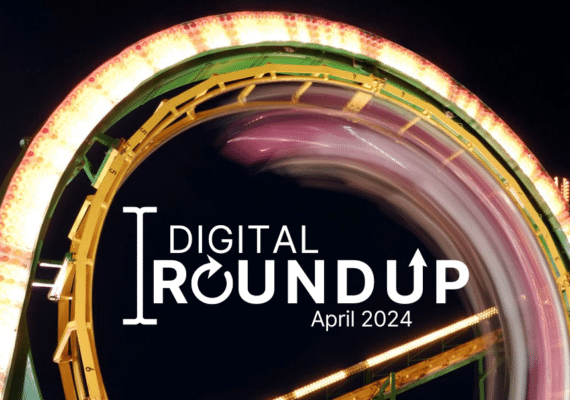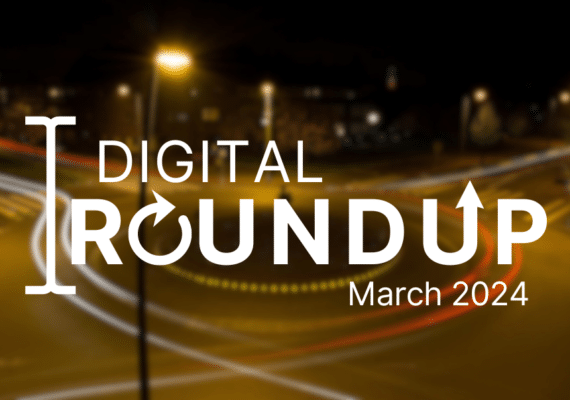Contents
Google Tests AI-Powered Local Business Search on Maps
Google has been dipping its toes in a whole host of new features recently, aimed at streamlining search – such as their recent ‘Circle to Search’ addition. They are also aimed to keep users on Google away from other platforms like TikTok which may have an emerging utility for search, and this latest development is no different.
The proposition is simple: integrating Google Maps with large language models will enable Maps data (reviews, photos, websites, ratings and more) to be scoured, analysed and repackaged for users in the form of recommendations. These are dependent on user searches on Maps, which previously pulled results in the same ‘unintelligent’ way that regular Google results pages do.
For example, if the feature goes beyond current tests with local guide users, you may soon be able to enter queries such as “arty things to do in London on a rainy day”, and Maps will give you varied recommendations for coffee shops, galleries, etc. On top of this, follow-up queries can be added to create a more seamless and contextualised search experience. “Where to go for dinner afterwards?” for example, would use the previous search and recommend places based on criteria such as a similar ambience, close proximity and other factors.
This saves users a lot of hassle, searching a whole city with only broad criteria to go off, endlessly tapping out of locations on maps and hitting ‘search this area’ in the hopes of something suitable, but only ending up seeing those high-rated, well-ranked businesses and chains everybody else sees.
But what about the implications for businesses? Our initial thoughts say this move and others across Google are not so new nor game-changing in their effects as they seem on the surface. For a long time now Google has pushed informative, user-focussed, truly valuable content above all else. AI simply provides a more effective way of sourcing this and could empower niche businesses to stand above much larger ones based on their personality. Descriptive copy that taps into popular trends (e.g. vintage style places), rich user reviews and quality photos across business pages may well soon be more important than ever.
LinkedIn to Sunset Lookalike Audiences
LinkedIn has stated it will be discontinuing Lookalike Audiences as a feature from 29th February of this year. From said date, all existing lookalike audiences will automatically become static, or inactive, and will stop processing new data. The platform has said that active campaigns using such audiences will still deliver, but only to the audience as it was on the 29th. Unused lookalike audiences will be archived.
Where does this leave me? You might ask, what about all my audiences? Effectively, LinkedIn has spoken – lookalikes as a feature are on their way out, in favour of Predictive Audiences and Audience Expansion.
Predictive audiences utilise LinkedIn’s AI to build custom audiences likely to convert based on advertisers’ conversion data, lead gen forms, or contact lists.
Audience expansion is suggested for marketers looking to broaden their target demographics. It expands target audiences using LinkedIn’s professional demographic data.
As is commonplace now, LinkedIn is out with the old and in with new, AI-powered features and conversion-driven expansion. From their standpoint these features grow more adaptive and powerful the more people use them and feed their algorithms data, all we as marketers can do is make the change sooner rather than later.
We would recommend any lookalike campaigns be allowed to run as ‘static’ if the audience is well-developed, but not to create any more. Begin using Predictive Audiences and Audience Expansion if you aren’t already, begin building and testing audiences to ensure the eventual move away from lookalikes is as smooth as possible.
Meta Brings New Functionality to Non-Click Video Ad Conversions
The dominance of video ads in shopping and the growing understanding of how shoppers convert has turned out a new update from Meta. A new Engaged-View attribution seeks to capitalise on a new trend where viewers prefer an uninterrupted session and viewing experience before acting upon an ad they may have been interested in.
Coming in alongside existing attribution settings, Engaged-View is included in performance measurement when viewers watch a video for at least 10 seconds (or 97% of total length if the video sits under 10 seconds) and then convert within a one-day period. It is available for all placements except in-stream video ads (unskippable), and presents a new opportunity for campaigns to be optimised beyond those typical click-through conversions we’re all used to.
“The Engaged-view measurement can help you decide how to optimise for actions beyond a click such as deciding how you can optimise for people who engage with your video ads and do not click.” A Meta spokesperson said, “It is a way to help Meta better identify future people who may convert and ultimately drive your video campaign performance.”
It is a move towards a more holistic take on conversion paths, more akin to a web than traditional funnels. And why would these not move with the rest of today’s online experience? Our paths through the internet are infinitely more interconnected: looping between different social media platforms, saving content for later, and viewing websites across multiple devices.
We should be prepared for a world not where we cling to our sales funnels for dear life and pray we won’t lose out on the fast-moving shoppers today; we should look to strategies of dynamic and varying customer pathways with considered use of more powerful attributes and metrics.








